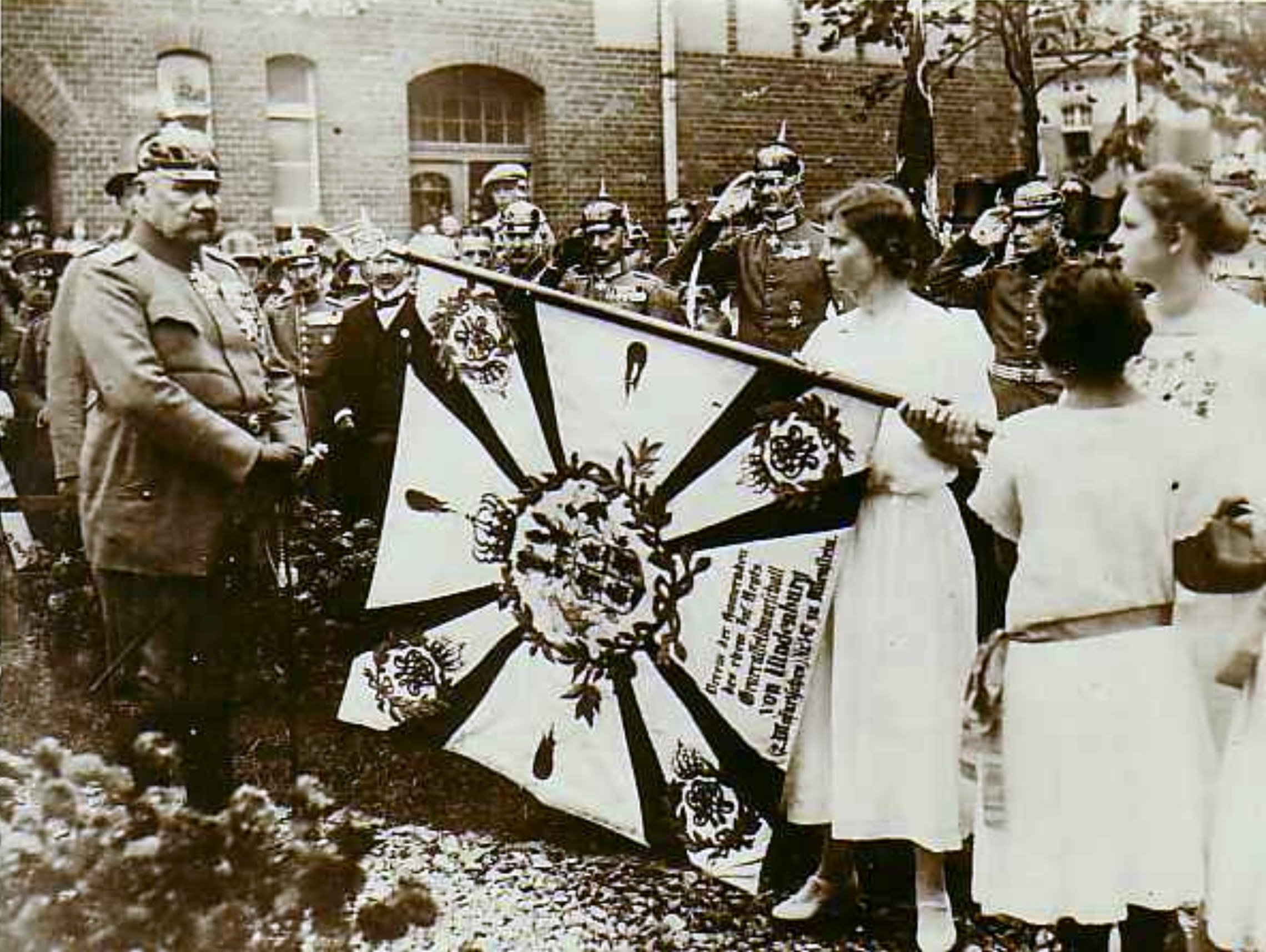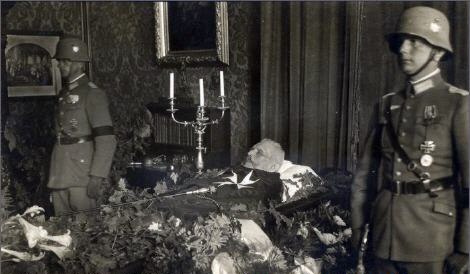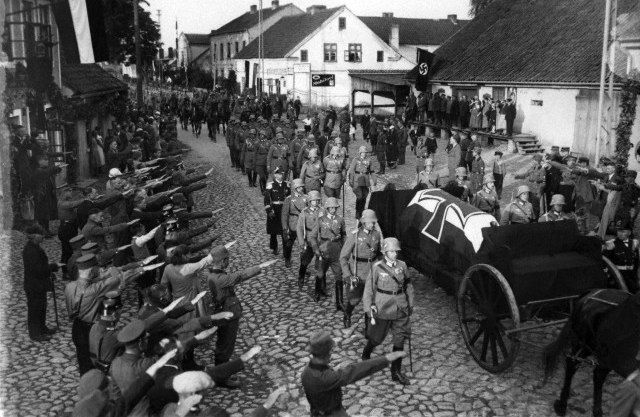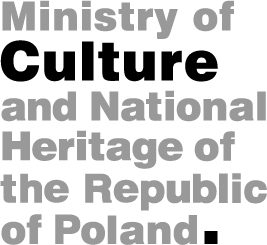|
|
the cult of Marshal Hindenburg Hindenburg's victory at Tannenberg in 1914 was dubbed "the greatest in history". It was also compared to the Battle of Grunwald which, despite the fact that it ended in disaster, created an opportunity to save the Castle of Marienburg (now Malbork), consequently, the Teutonic State, thanks to the invincible and fierce stand of the Teutonic Knights. Frequent mentions of the Battle of Grunwald from 1410 in contemporary publications was meant to emphasise the stamina and greatness of the German nation; therefore, the images of Hindenburg used by the propaganda mostly showed him against the background of Marienburg Castle - the capital of the Teutonic State. Paul von Hindenburg, born in Poznań in 1847, a German military man, a field marshal (Generalfeldmarschall) and politician; the President of the Reich during the Weimar Republic and the early Third Reich in 1925-1934. Already during his life, he was considered "The Man of the Moment", "A Saviour" and a living legend. In 1924, as Robert Traba writes in his book Wschodniopruskość, Hindenburg was: "The patron of streets, squares, and schools in all the East - Prussian towns. Before 1 October 1914, he had received honorary citizenship of 23 German towns and cities, including 15 in East Prussia. The town of Ostróda was the first to grant him the honour, next came Königsberg (18 September), Ełk, and Giżycko. On 10 October 1914, Olsztyn bestowed on him the title of honorary citizen. Receiving the distinction, Hindenburg expressed his thankfulness in a lofty tone but, also, with gratefulness and, even, humbleness." A copious bibliography pertaining to Hindenburg's life and deeds of valour consisted of 3528 published works (up until 1938). His legend as a leader and national hero was established once and for all on his 75th birthday, in 1922, when a commemorative album was published Hindenburg-Denkmal für das deutsche Volk, where his life is documented in more than 400 pages, including 100 pages devoted to his battles and achievements in East Prussia. On 31 August 1924, on the site for his future monument a corner stone was placed, this official act being performed by Hindenburg himself. Many years after the Tannenberg-Denkmal had already been erected to commemorate the German victory over the Russian Army in the August of 1914, the monument was dubbed the Mausoleum of Marshall Paul Hindenburg. On 7 August 1934, Hindenburg's body was ceremoniously buried in a special crypt in the monument. Adolf Hitler participated in the funeral. On 2 October 1935, the coffin with Hindenburg's remains was transferred to The Court of Honour (Ehrenhof), a specially prepared mausoleum. In January 1945, the Germans, fearing the possibility of the profanation of his remains by the Russian army, managed to take his coffin at the last moment and transport it deep into German territory. A few days later, the mausoleum was partially destroyed by an explosion caused by retreating German troops. Currently, the remains of the Field Marshal rest in St. Elisabeth's Church in Marburg in Hesse. Translated by Marzena Beata Guzowska
|

Marshal Hindenburg's visit to the Town of Giżycko, 28 May, 1922. A ceremonial banner presentation in front of one of Giżycko’s grammar schools. 
President Paul von Hindenburg on his deathbed. Neudeck 02.08.1934. 
Marshal von Hindenburg's coffin in an all night-long cortege-journey greeted by inhabitants of the surrounding towns and villages of the East-Prussian area. |
|||
| |||||
